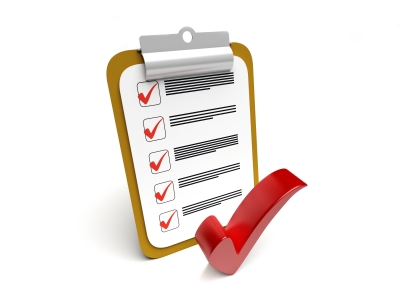 It’s almost June! Which means schools are finishing up (if they haven’t already) and summer is practically here (regardless of what the weather might try to tell us). And with warmer weather and longer days comes the desire of a few days off, or even a vacation (!) to enjoy the weather and sun and have some time to relax.
It’s almost June! Which means schools are finishing up (if they haven’t already) and summer is practically here (regardless of what the weather might try to tell us). And with warmer weather and longer days comes the desire of a few days off, or even a vacation (!) to enjoy the weather and sun and have some time to relax.
Sounds wonderful right? But then you start to think about all those things that you want to or should be doing for your business right now – and suddenly taking any time away from your home office sounds less wonderful and more stressful.
On some level though, you know you need the time away – a time to rest and not think about your business. You just don’t know if that’s possible.
Let’s take a step back and remember having a JOB (play with me here). Remember going on vacation then? If your job was anything like mine, going on vacation meant that you had to set aside some extra time before you left to tie up any loose ends, to let clients and/or co-workers know you’re going to be gone and to update anyone who was going to be handling some of your responsibilities while you were gone (and maybe letting them know how to reach you in an emergency).
You know that that process was? A system, even if you didn’t call it that or think of it that way, it was the system that you, or the business you worked for, setup to make sure that things ran relatively smoothly while you were gone.
Let’s step back to today. What is your system for taking time off in your business?
Okay, I hear some of you laughing (or sighing) that you are your business and if you’re not there things don’t run. Nothing happens when you’re not in the office – or worse, if you’re not in the office things start to fall apart. Well, that might currently be true, but there are probably a few things that you can do before you leave or set up to happen while you’re gone to make sure nothing falls apart and that things run smoothly when you return.
- Let your clients know you’ll be out of the office
Just give them a heads up. This could be a quick phone call and a follow-up email so they have the dates and other information at their fingertips. And let if you’re in a business where emergencies happen and they might need you now. Let them know how to handle that. - Tie up loose ends
If you have any projects or communications that have under 15 minutes left on them, finish those up. These things will take longer to do if you wait until you return, because they won’t be fresh in your mind. - Decide what can wait until after you get back
If you’re anything like me you’ve suddenly decided that those two bigger projects that you put on the back burner should really be DONE before you leave. Because you don’t want to think about it when you return. You want to have time available for those great new ideas that will pop up when you return from vacation.This is where I remind us both (you and me) that some things will have to wait until after vacation. Trying to cram too much in before you leave will result in frustration and the temptation to take work with you on vacation (don’t do it!).Instead, decide ahead of time what can wait. Make a list if you need to and then you can schedule those things when you return. - Out of Office email reply
Most email programs have this. Set it up for the dates that you’ll be gone and let them know when they can expect a reply back from you. - Update your voice mail message
Again, let people know you’re out and when you’ll get back to them. - Set time aside for replies and phone calls when you return
Set aside a couple hours on your first day back in the office for returning emails and phone calls (and cleaning out your inbox). - Plan the first couple days you’re back in the office
This one is really important for me. Last year I didn’t do this when I went on a two week vacation. Actually, I “planned” on planning my first week back on the airplane ride home. Yeah, so on the airplane ride home I think I slept, talked with my husband and maybe read a couple of chapters of a fiction book. So, my first week back “in the office” I did catch up on email and send my newsletter, but that was about it…I realized that first week back would have been a lot smoother, and more productive, if I would have planned a few tasks to be completed that week. I could have gotten back into the swing of things a lot faster. - Write and schedule your newsletter in advance
If you send a newsletter, you can write it in advance and schedule it to go out while you’re gone. And if you have a VA you can write everything in advance and pass it along to her early. - Enjoy your time off!
Allow yourself to mentally unplug from your business and enjoy your time off!
You deserve some time off! Put it on your schedule and start planning for it!
In the comments below share what else you do to prepare for vacation or even a day away from your business.
Image courtesy of Mary Wu at marywuva.com









